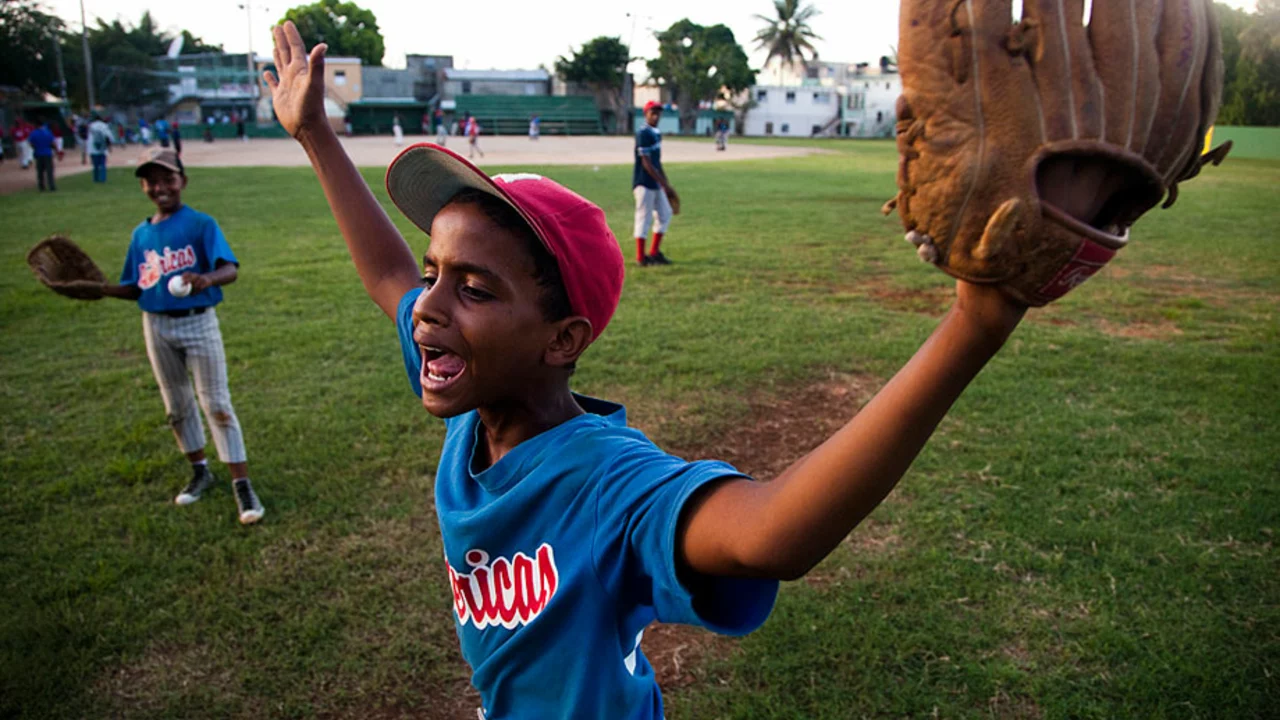Popularity in Sports: Understanding What Drives the Buzz
When we talk about popularity, the level of public interest and excitement around a sport, team, or event. Also known as buzz, it shows up in ticket sales, social chatter, and TV ratings. Fan engagement, how supporters interact with a sport through attendance, online discussion, and merchandise buying is a key driver of media coverage, the amount of reporting, highlights, and commentary a sport receives across TV, print and digital channels. In short, popularity grows when fans actively share their love and the media amplifies that story.
One clear relationship is that strong fan engagement often leads to more media coverage. When a local club sells out a stadium, reporters notice and write previews, which then attract even more fans – a feedback loop that boosts overall popularity. Another connection is viewership: the more people tune in to watch a match, the higher the advertising revenue, which encourages broadcasters to promote the sport further. This ties into sponsorship deals, because brands chase the biggest audience numbers to get their name out. So, viewership, sponsorship, and media exposure are all linked through the core idea of popularity.
What Shapes Sports Popularity Today?
Three forces dominate the conversation today. First, social media trends can turn a single highlight reel into a viral moment, instantly raising a player’s profile and feeding the fan base. Second, on‑field performance still matters – winning streaks, surprise upsets, and dramatic comebacks (like the NFL’s “witching hour” moments) keep the narrative fresh. Third, community events such as local tournaments or charity games bring the sport into everyday life, building a grassroots following that fuels long‑term popularity. Each of these forces interacts: a viral clip often showcases a dramatic play, which inspires more people to attend games and keep the cycle moving.
Below you’ll find a mix of articles that explore these ideas from different angles – from how showboating can spark fan excitement, to why luck matters in team sports, and even how the toughest Hall of Fame inductions affect a sport’s prestige. Whether you’re a casual fan curious about why a particular game feels electric, or someone looking to boost a club’s profile, the posts in this collection give practical insight into the many ways popularity plays out on and off the field.
In my exploration of global passion for baseball, I found it's most popular in the United States, Cuba, Japan, and the Dominican Republic. The sport is deeply ingrained in the culture of these countries, with the US notably housing the globally recognized Major League Baseball. Cuba and the Dominican Republic, despite being smaller nations, are renowned for producing some of the world's best players. Japan's love for baseball is equally strong, with its Nippon Professional Baseball league attracting massive crowds. These four countries truly embody the spirit and passion for baseball.

 Sports News
Sports News